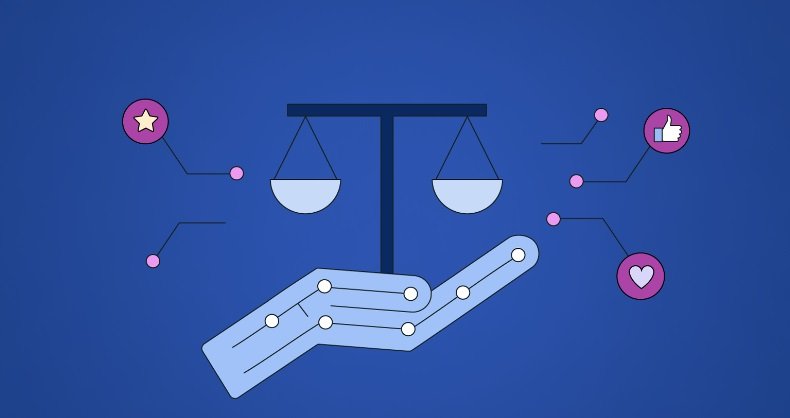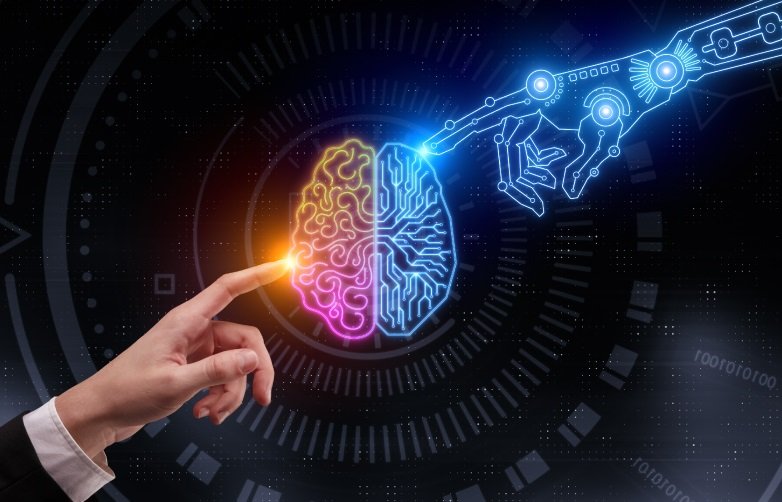Alright engineers, let’s get real. You’re diving headfirst into the exciting world of AI, and that’s awesome! But with all this power to build incredible things, comes the responsibility to build them ethically. AI ethics might seem intimidating, but fret not, this blog is your friendly guide.
We all know AI is revolutionizing everything from healthcare to entertainment. But here’s the catch: AI is only as good as the data it’s trained on. Imagine building an AI for loan approvals, but the data you use is skewed towards a certain income bracket. Big bias, big problem. That’s why understanding fairness and mitigating bias in data is your new superpower. Techniques like data cleaning and using diverse datasets are your tools to ensure your AI isn’t perpetuating stereotypes. For instance, a company building an AI for facial recognition software needs to ensure the training data includes a wide range of ethnicities and skin tones to avoid bias in identification.
Risks and Mitigation Strategies:
- Bias: As mentioned above, biased data leads to biased I.
- Mitigation: Implement rigorous data cleaning methods to identify and remove biases in your datasets. Actively seek diverse data sources to ensure your AI is representative of the real world.
- Transparency: AI’s “black box” nature can be unsettling.
- Mitigation: Champion Explainable AI (XAI) methods that allow users to understand the reasoning behind an AI’s decisions. This is especially important in high-stakes applications like criminal justice reform.
- Privacy: AI thrives on data, but user privacy is paramount.
- Mitigation: Design AI systems with strong encryption methods and clear user consent procedures. For instance, if you’re building a healthcare AI, ensure anonymization of patient data and secure storage practices.
- Job displacement: Automation through AI might lead to job losses.
- Mitigation: Advocate for reskilling initiatives and focus on building AI that complements human skills, not replaces them.
Navigating the Ethical AI Landscape: A Framework for Action

While there’s no one-size-fits-all solution, many organizations are adopting Ethical AI frameworks to guide development and deployment. Here’s a glimpse into a typical framework:
- Fairness, Accountability, and Transparency (FAT): This core principle emphasizes unbiased AI, clear lines of responsibility, and understandable decision-making processes.
- Privacy: Protection of user data is paramount. This includes adhering to data privacy regulations and obtaining informed user consent.
- Safety and Security: AI systems should be robust and secure to prevent misuse or unintended harm.
- Human oversight: AI should be a tool to empower humans, not replace them. Human judgment should remain in critical decision-making loops.
- Societal well-being: Consider the broader impact of AI on society. Strive to build AI that promotes good and minimizes potential risks.
Being an ethical AI engineer isn’t a solo mission. It’s about collaboration. Communicate with your team about potential ethical pitfalls. Advocate for ethical impact assessments to proactively identify and mitigate risks. Stay updated on the latest AI ethics frameworks and best practices.
Remember, Ethical AI isn’t just about following rules. It’s about using your skills to create a positive impact on the world. So, keep these principles in mind, keep learning, and keep building the future of AI, responsibly!




Leave a Reply